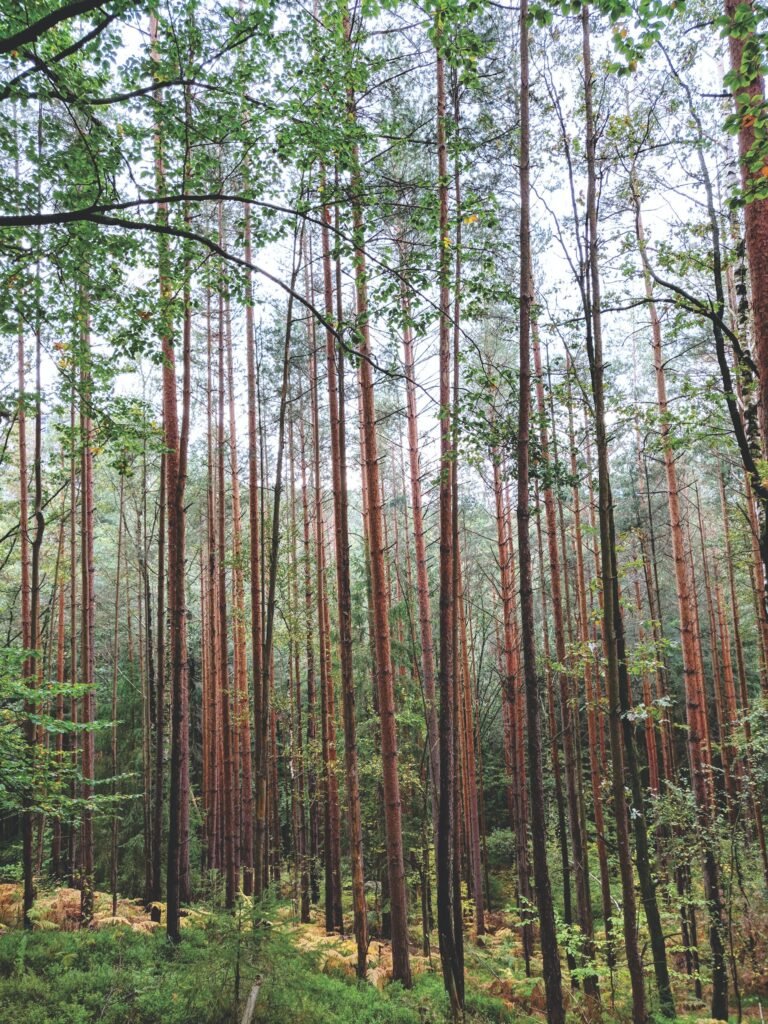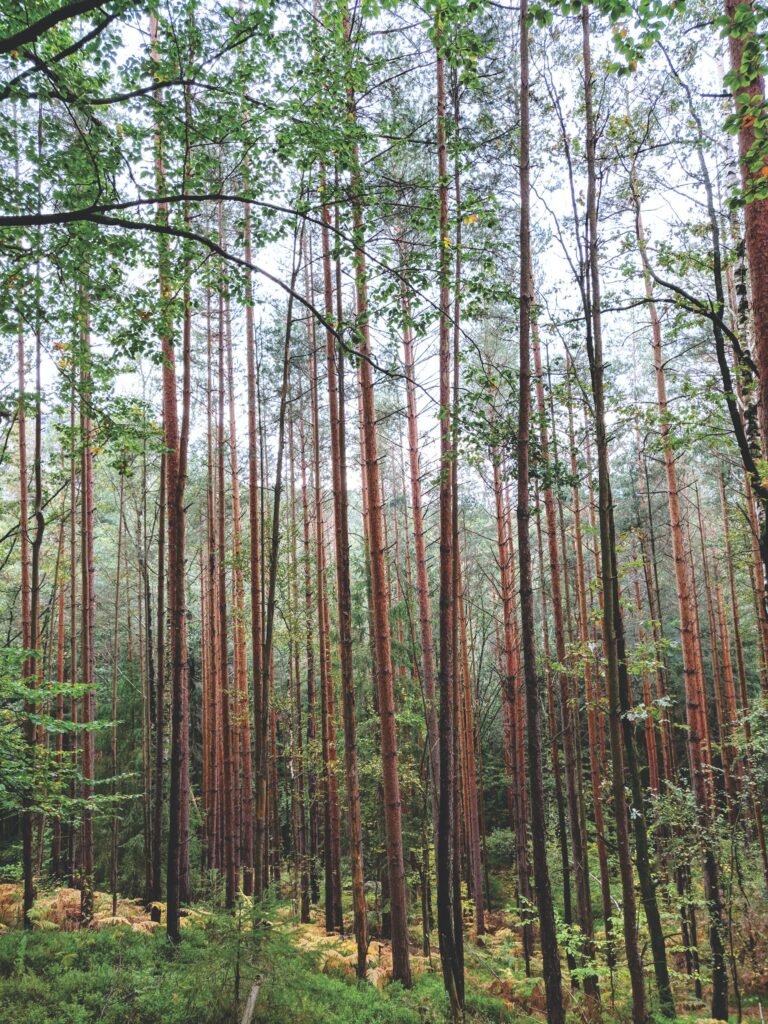Tree removal is a complex process that requires the help of specialized equipment. It can be dangerous for the homeowner, but when done correctly, it can prevent severe damage to homes and other structures. Before hiring a tree service, it is essential to understand the process and what steps should be taken before, during, and after the removal.
It is important to consider the location of the tree before deciding to remove it. Is it near any buildings, power lines, or other plants that could be damaged by falling branches or trunks? It is also crucial to note whether the tree has become a safety hazard due to being diseased, dying, or dead. If these factors are present, a professional arborist may recommend the tree be removed.
During the preparation for tree removal, it is necessary to clear the surrounding area. This will ensure that there is ample room for the tree to fall once it comes down. It is also recommended that all objects, including lawn furniture, potted plants, toys, or vehicles be removed from the area. This will allow the tree to fall in a controlled manner without causing any damage.
The next step is to determine which way the tree will naturally fall. This can be determined by looking at the way the roots grow and what areas of the tree appear to be more prone to decay. Once this is decided, the tree should be chopped so that it will fall in that direction. A small hinge should be left so that the tree can be guided to the desired position once it is removed from the ground.
If a tree is being removed in a tight space, it is not usually possible to cut it at the base and let it fall. Instead, it is often necessary to remove the tree in sections as a climber ascends the trunk using a rope or a speedline. Branches are cut off first, and then the trunk is cut into smaller sections. These sections are then pulled down by a rope or speedline.
Once the main body of the tree has been removed, the stumps can be grinded out or crushed by a stump grinder. The remaining wood can be mulched and used as a landscaping addition, or it can be burned. If the stumps are too large to grind out, they can be covered with a layer of wood chips. Alternatively, a stump can be treated with scalding hot water. First, the stump must be soaked in the hot water. After that, a chainsaw is used to cut off the top of the stump, and a shovel is then used to dig out the rest of the roots.
It is important to keep in mind that the root system of a tree can make up as much as 65% of its overall makeup, so it should only be removed if it is causing problems with other plantings or your home. If a tree is old, dead, or in poor condition, it is best to have it removed by professionals as soon as possible to avoid any complications.

